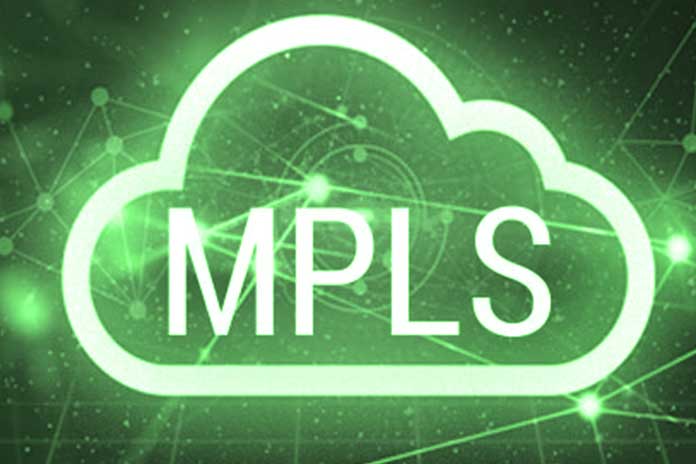Multiprotocol Label Switching (MPLS) is a technique that routes traffic using the shortest path rather than using network addresses over private wide area networks (WAN). When setting up MPLS, a dedicated connection is established.
MPLS assigns a label to the data packets as they pass by the first router. The first router will also determine the path that the label will follow. The next routers will remove the existing label and assign a new one.
This happens until the packets reach the intended destination. The last router turns the labels into a readable data packet.
Businesses put in place MPLS for fast data transmission. However, MPLS has both advantages and disadvantages, as this piece highlights.
Advantages of MPLS
Multiprotocol Label Switching has several benefits. The most familiar one is that sending information from one point to another is fast. There are other advantages as discussed herein.
Reliability
Since MPLS adopts routing based on labels, the packets taken up will effectively reach their destination. Also, MPLS prioritizes traffic for different types of packets and assigns the best path available.
A Service Level Agreement (SLA) is drawn between the service provider and the organization to ensure a guaranteed flow of information. With the SLA in place, the MPLS provider will pay the penalty or resolve the downtime, depending on the terms agreed.
Some bits of data may get lost due to the prioritization of some data. However, MPLS assigns each piece of information the best routing path, which makes it efficient in data delivery.
High Performance
MPLS services use a set-up infrastructure, ensuring high quality, fewer delays, and low jitter performance in data transmission. With the laid infrastructure, the data transmitted is not affected by wave barriers.
Due to low latency, MPLS is good for real-time communication, which could be in voice or video conferencing. With MPLS, a network can deliver a high performance despite congestion.
Disadvantages of MPLS
Before implementing Multiprotocol Label Switching in a business, you should consider global changes. Despite MPLS having desirable advantages, it has negative characteristics too.
It is Expensive
MPLS demands the setting up of dedicated infrastructure to send information within a business, which uses up a lot of resources before the dedicated connection becomes active. Also, MPLS requires high bandwidth. As a result, the business ought to commit to top-notch technology SLAs.
Does Not Consider Global Changes
Because MPLS uses a dedicated connection line, it doesn’t factor in cloud uploads. While the cloud is becoming a centralized data center, MPLS cannot include the cloud in its work.
“Is MPLS dead?” could be a valid question in this technological era. Many businesses are moving away from traditional network connections to cloud-based infrastructure. MPLS is becoming obsolete as businesses move towards digitized technology.
MPLS Is Inflexible
Since MPLS is built for point-to-point connectivity, it cannot adopt cloud networking. Many businesses are adopting software-defined wide-area networks (SD-WAN), which is due to the ability of SD-WAN to offer many connectivity options.
Regarding MPLS vs SD-WAN, SD-WAN can send data over all available connectivity options, making MPLS unable to blend in with the technology changes.
Parting Shot
Multiprotocol Label Switching was the preferred method to convey information over a Wide Area Network (WAN). It had several desirable features. These were its reliability and high performance, which are top-notch to date.
However, as the technological world is evolving, MPLS has yet to add any features. Therefore, it is rigid because it cannot accommodate technological changes. It also needs to be more scalable.
MPLS, despite all the disadvantages, may benefit some businesses. However, it is understandable why many businesses are moving away from it.

